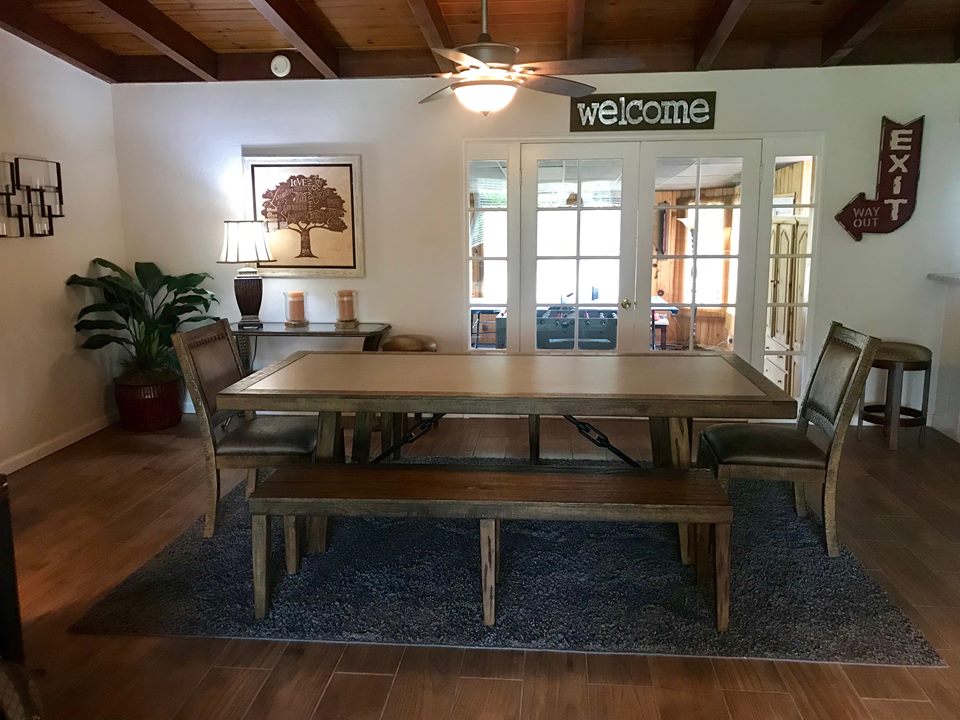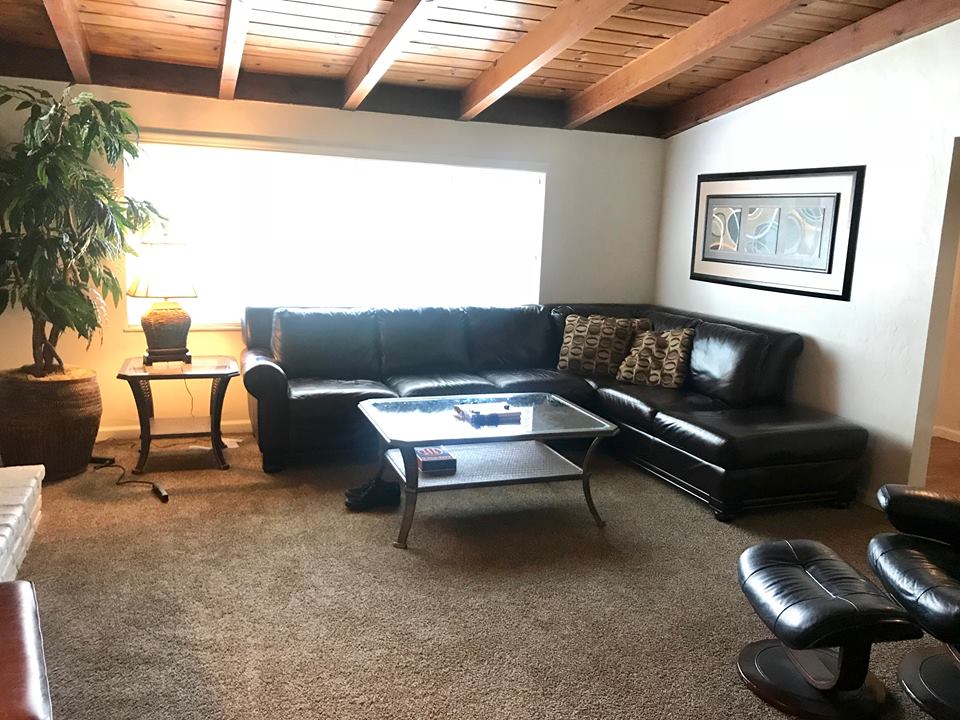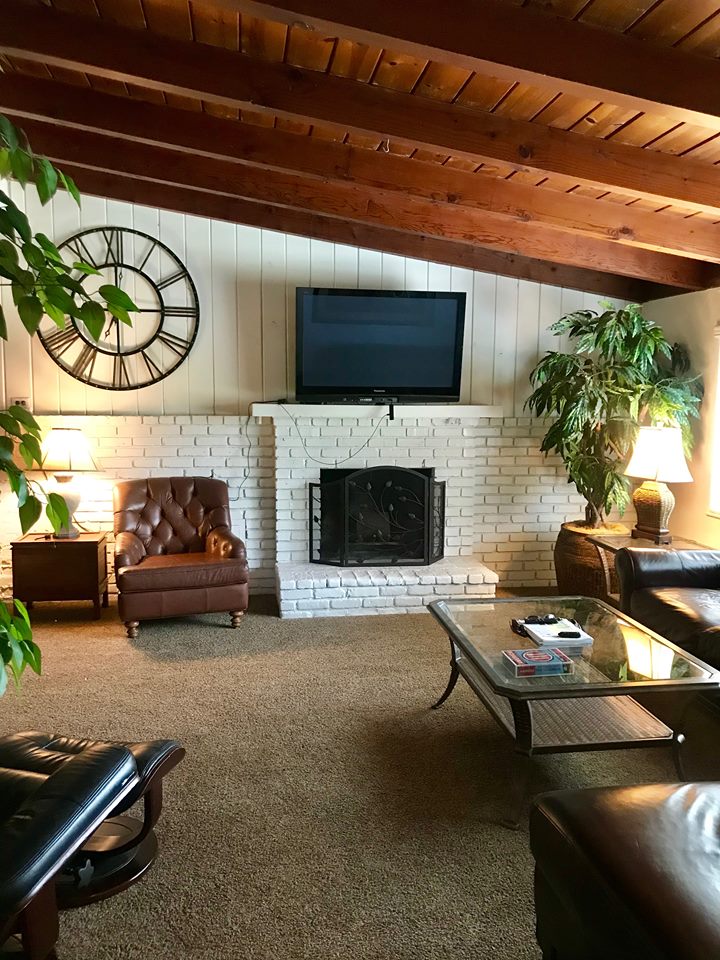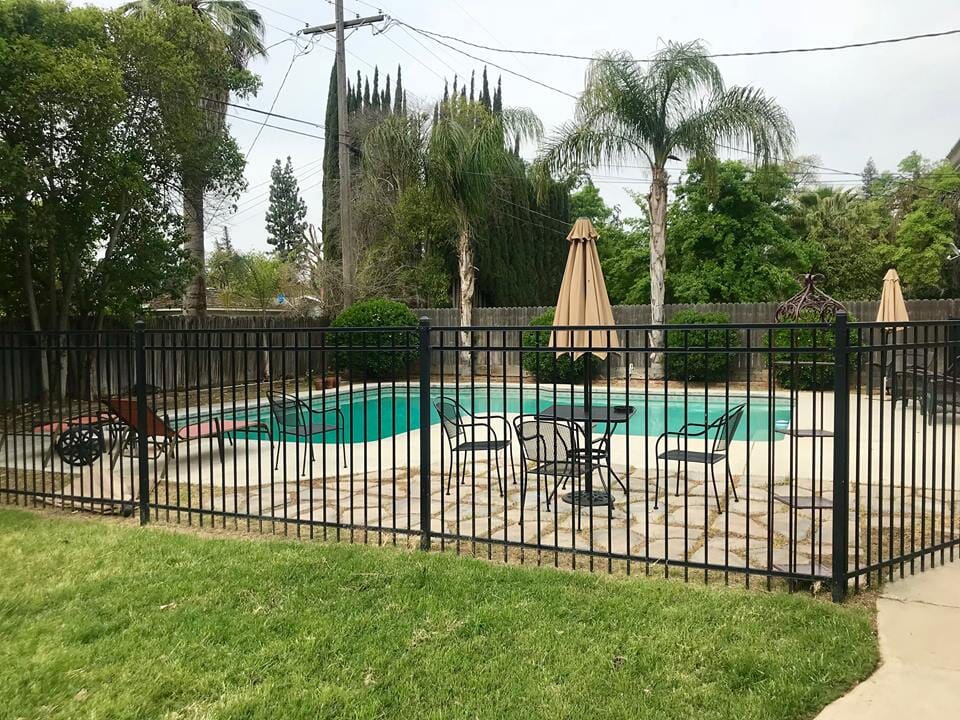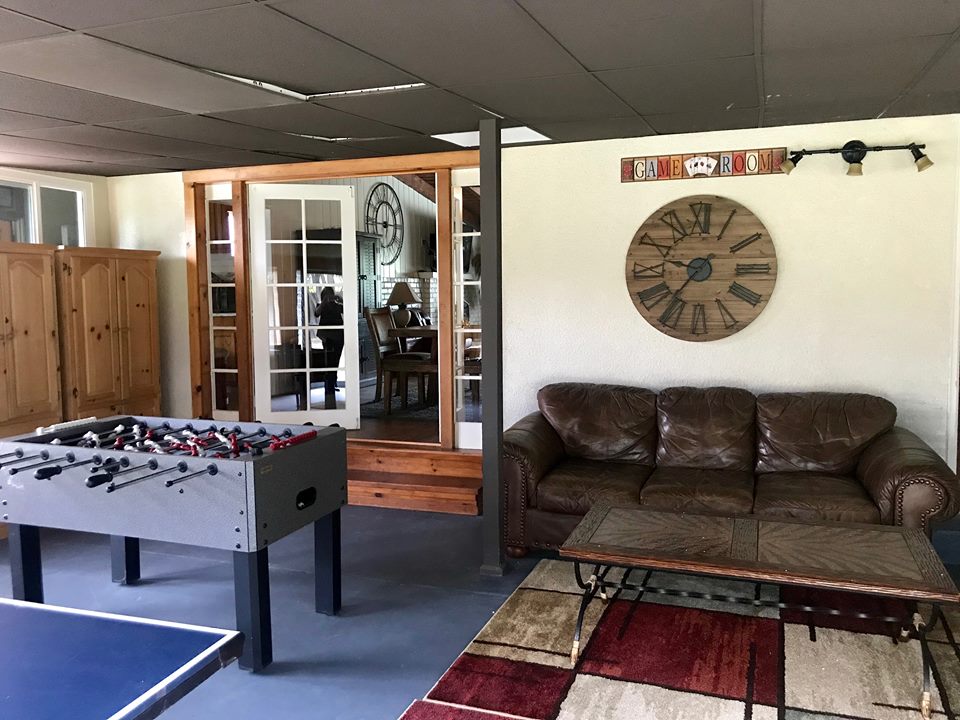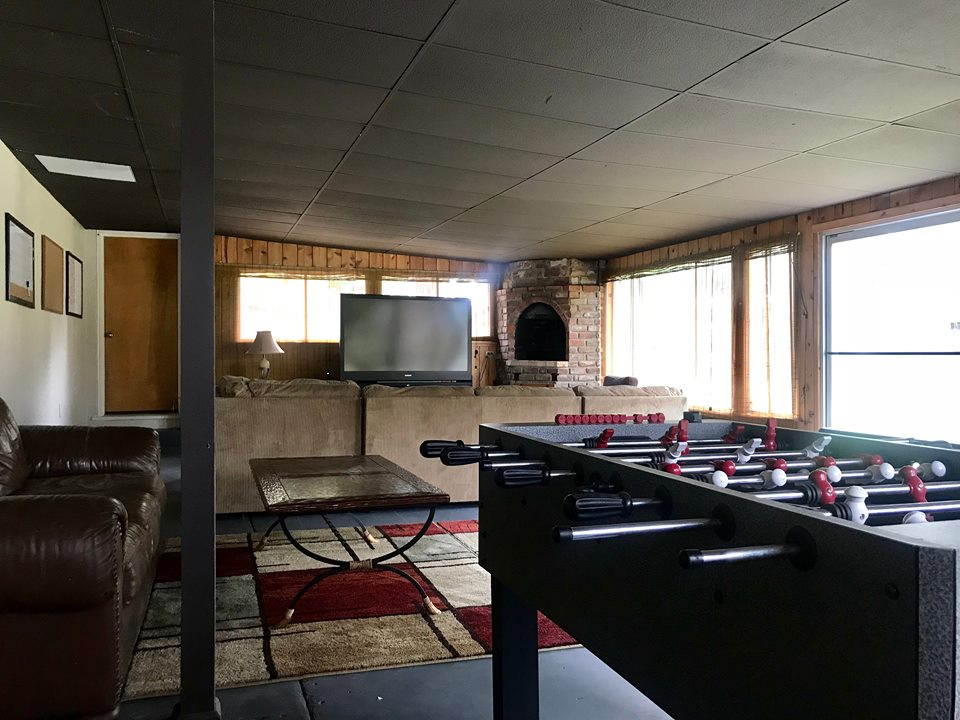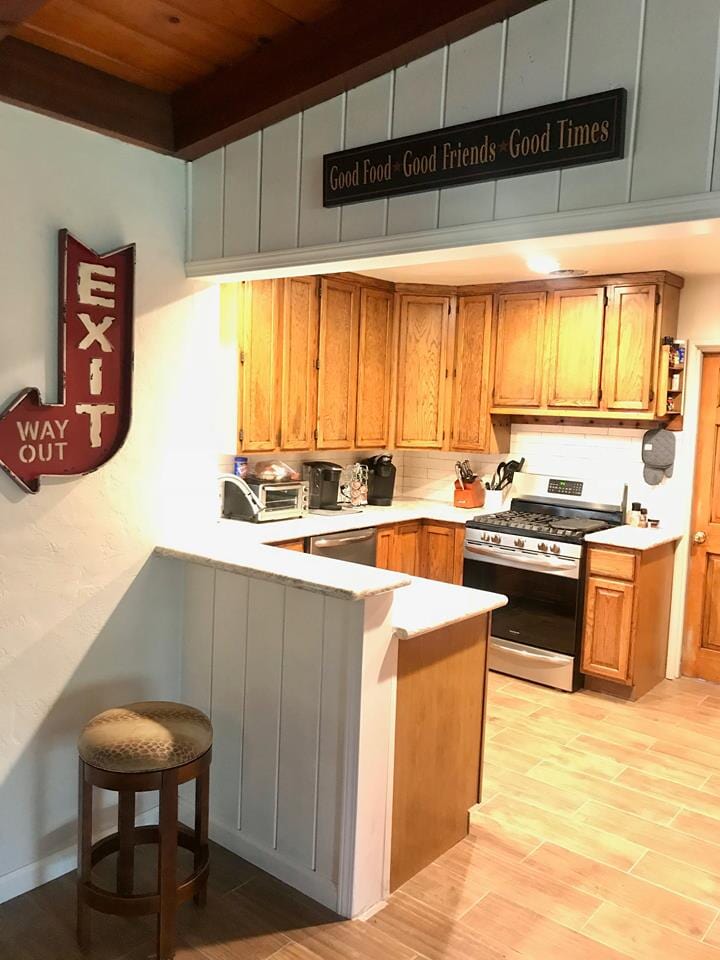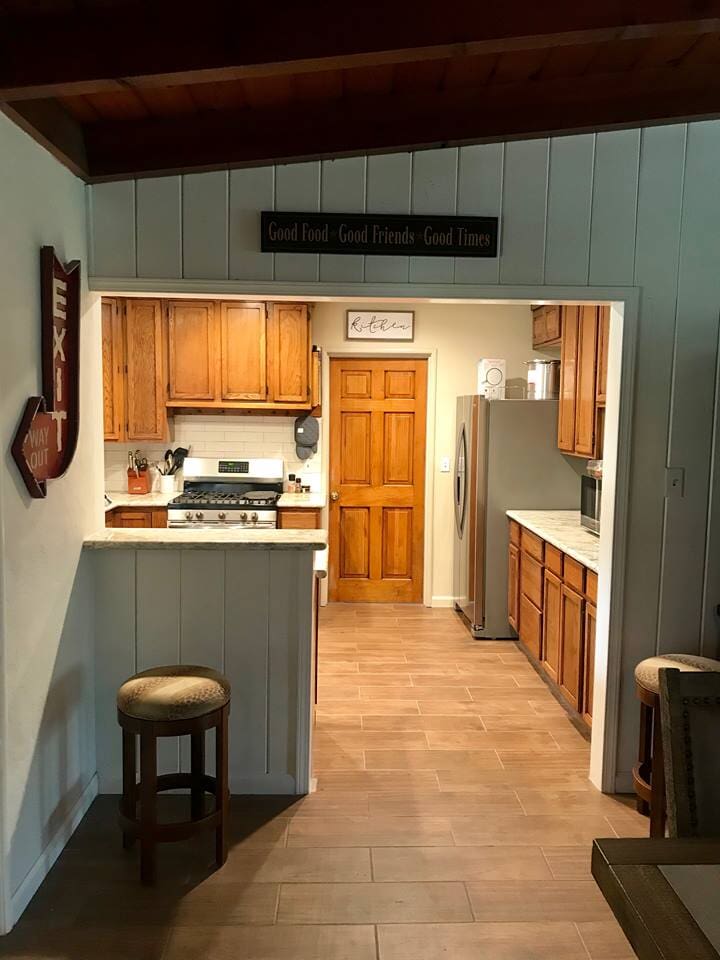Apply for our Sober Living Home
The success of an addict’s recovery is significantly increased by long term treatment (90 days in-patient) followed by an outpatient program and sober living. Sober living provides a person in recovery a greater chance of long-term success by providing a foundation of accountability, structure, and a model for a life of sobriety. PAIN’s recovery rate for clients is 30% higher than the national average, and this is attributed to our commitment to educating and supporting families and long term care for addicts.
Our 10-bed home is located north of Fresno State and is close to transportation and meeting locations.
Download the application here.
Download and complete the application to be considered for our Sober Living Home.
Completed applications can be emailed to Flindt@painnonprofit.org
Please call 559.579.1551 with questions.
Our 10-bed home is located north of Fresno State and is close to transportation and meeting locations.
What to Expect in a Sober Living Home
In an inpatient treatment center, individuals are immersed in rehab programs and generally don’t have much independence. Residents in sober living homes aren’t bound to the facility and can come and go as they please. This allows individuals to ease back into normal life and can go back to their daily tasks and responsibilities. Although sober living homes are less restrictive than inpatient facilities, they still have rules that residents must abide by, including curfews and group meeting attendance.
A big part of staying in a sober living home is creating a support system to allow residents to avoid the isolation that can sometimes come with returning home while in recovery.
Improve Your Chances of Long-Term Recovery
A sober living home acts as a supplement to an individual’s recovery and can significantly reduce the chance of relapse. Residents do a number of things that will guide them throughout recovery:
Making amends with friends and family members affected by one’s substance abuse
Finding a job
Locating housing after treatment
Adjusting to sober living in an unstructured environment
Additionally, you can create a relapse prevention plan that allows you to recognize triggers that may entice you to use once you are back home. You can form a plan of what to do if this happens and ways to eliminate triggers from your daily life.


